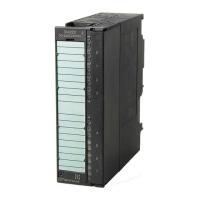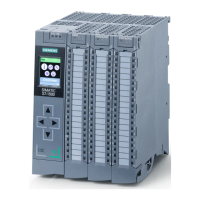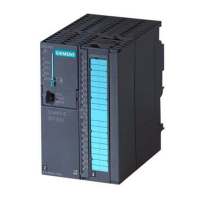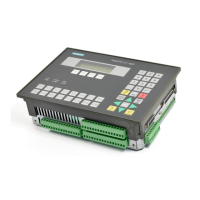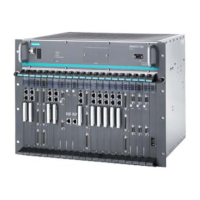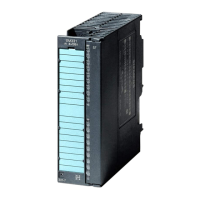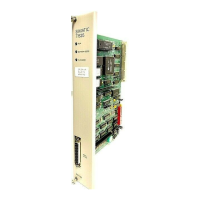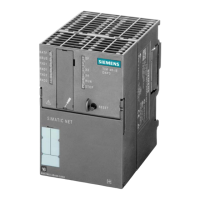Link-up and update
12.4 Time monitoring
S7-400H
System Manual, 03/2012, A5E00267695-11
163
Example of the calculation of T
P15
In the next steps, we take an existing system configuration and define the maximum
permitted time span of an update, during which the operating system does not execute any
programs or I/O updates.
Assumin g two DP master systems and one IO subsystem are available: DP master
system_1 is connected to the CPU via the MPI/DP interface of the CPU, and DP master
system_2 via an external DP master interface. The IO subsystem is connected via the
integrated Ethernet interface.
1. Based on the bus parameters in STEP 7:
T
TR_1
= 25 ms
T
TR_2
= 30 ms
T
DP_UM_1
= 100 ms
T
DP_UM_2
= 80 ms
2. Based on the configuration in STEP 7:
T
max_Akt
= 8 ms
T
PN_UM
= 110 ms
3. Based on the technical data of the DP slaves used:
T
SLAVE_UM_1
= 30 ms
T
SLAVE_UM_2
= 50 ms
4. Based on the technical specifications of the PN devices used:
T
Device_UM
= 20 ms
5. Based on the technological settings of your system:
T
PTO_1
= 1250 ms
T
PTO_2
= 1200 ms
T
PTO_PN
= 1000 ms
6. Based on the user program:
T
WA
= 300 ms
T
PROG
= 50 ms
7. Based on the formula [1]:
T
P15
(DP master system_1)
= 1250 ms - (2 x 25 ms + 300 ms + 50 ms + 100 ms + 30 ms) = 720 ms
T
P15
(DP master system_2)
= 1200 ms - (2 x 30 ms + 300 ms + 50 ms + 80 ms + 50 ms) = 660 ms
8. Based on the formula [1]:
T
P15
(IO subsystem)
= 1200 ms - (2 x 8 ms + 300 ms + 50 ms + 110 ms + 20 ms) = 704 ms
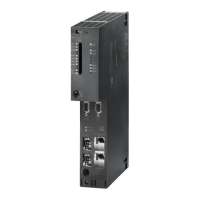
